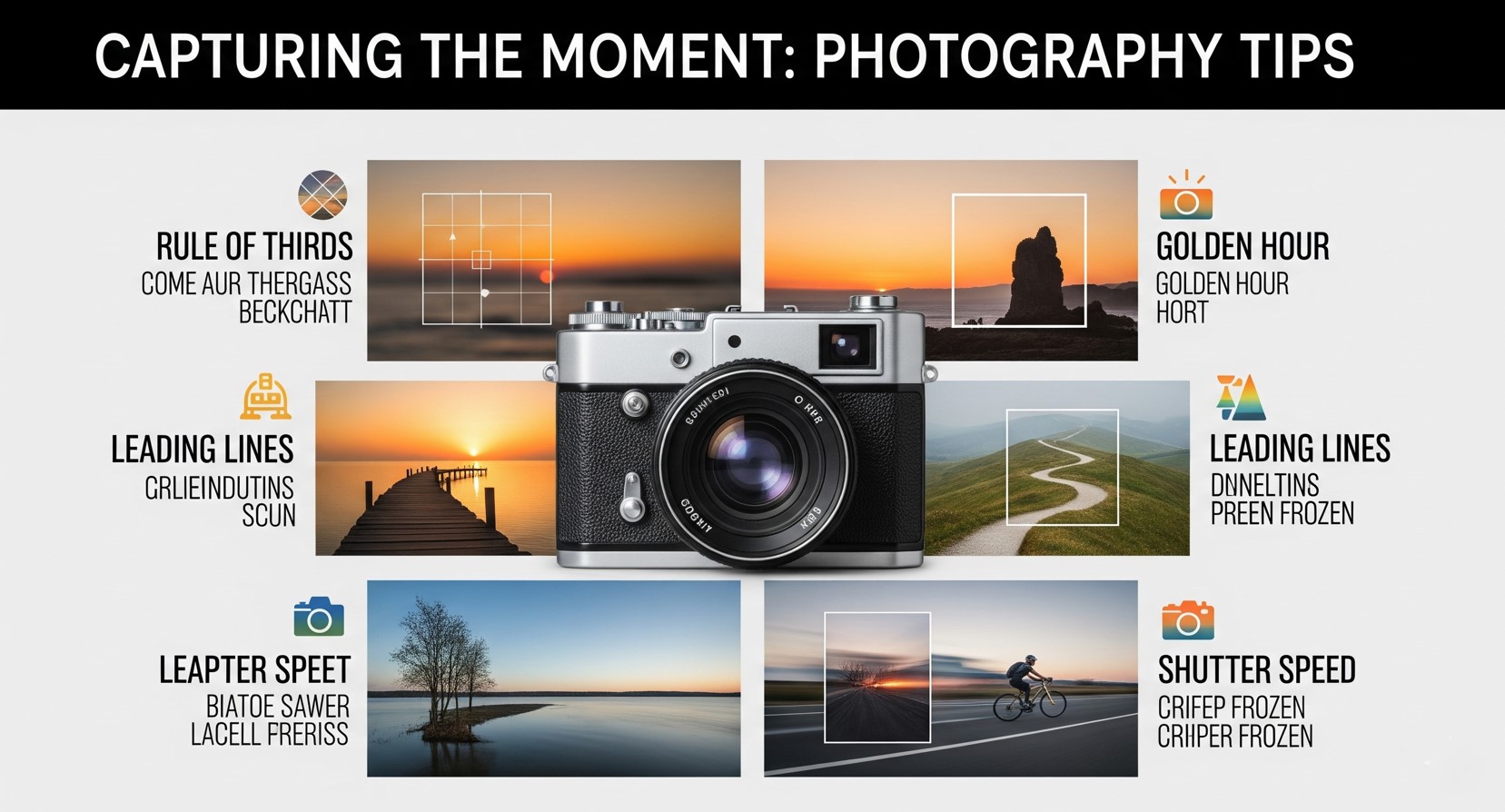There’s something undeniably magical about discovering a shoreline so pristine it feels like your own secret haven. While popular beach destinations offer sun, sand, and surf in abundance, the true adventurer craves the quiet beauty of hidden coves and remote coastlines. In this guide, we’ll journey beyond crowded postcards to reveal some of the world’s best-kept beach secrets. You’ll learn how to find these secluded spots, prepare for your trip, travel responsibly, and capture unforgettable memories along the way.
1. Charting the Path to Seclusion
Finding an untouched beach often starts long before you pack your bags. Use satellite imagery and specialized travel forums to scout lesser-known coastlines. Look for stretches of sand without major roads or nearby towns. Mariner charts and local fishing maps can reveal hidden inlets that don’t appear on mainstream travel sites. Don’t shy away from reaching out to local tour operators or eco-guides—they often hold the key to off-the-beaten-path treasures.
2. Top Hidden Beaches to Add to Your Bucket List
While there are countless secret shores, these destinations consistently stun explorers with their raw beauty:

- Nacpan Beach, Philippines: A 4-kilometer stretch of ivory sand fringed by coconut palms and crystalline waters.
- Pláž Stiniva, Croatia: A small pebbly cove accessible only by boat or a steep hiking trail through limestone cliffs.
- Porto Katsiki, Greece: Nestled beneath dramatic white cliffs, this beach offers aquamarine waters with virtually no crowds early in the season.
- Anse Source d’Argent, Seychelles: Famous for giant granite boulders and pink sand, but venture off the main path to find quieter coves.
- Praia da Ursa, Portugal: A rugged beach reached via a winding trail past jagged rock formations for an otherworldly vibe.
3. Sustainable Travel Tips for Beach Lovers
Protecting these fragile ecosystems is essential. Always follow the Leave No Trace principles: pack out everything you bring in, avoid disturbing wildlife, and use reef-safe sunscreen to prevent coral bleaching. Opt for eco-friendly accommodations that prioritize water conservation and renewable energy. If you rent equipment—like paddleboards or snorkel gear—choose local providers who support community conservation initiatives.
4. Timing Your Visit for Maximum Solitude
Secluded beaches are at their quietest during shoulder seasons—late spring and early autumn—when temperatures remain pleasant but crowds thin out. Weekdays are generally less busy than weekends, and early mornings offer the softest light for photography (and the highest likelihood of having the sand all to yourself). Always check tide charts too: low tide can reveal hidden tidal pools and sandbars perfect for solitary exploration.

5. Packing Essentials & Safety Precautions
A well-prepared traveler is a safe traveler. For remote beaches you should bring:
- A detailed map or GPS device (with backup power).
- A first-aid kit (include insect repellent, blister patches, and antiseptic).
- Reusable water bottles with a filtration system or purification tablets.
- Lightweight shelter (a sunshade or emergency bivvy) and a microfiber towel.
- Waterproof dry bag for electronics and valuables.
- Weather-appropriate layers, including a windbreaker or rash guard.
Before setting off, inform someone of your itinerary and expected return time. Cell service may be spotty, so consider carrying a satellite messenger for emergencies.
6. Immersing Yourself in Local Culture
The best hidden beaches often exist within vibrant coastal communities. Take time to sample regional cuisine—fresh seafood dishes, tropical fruits, and locally brewed beverages. Participate in traditional fishing excursions or beach-cleanup events organized by neighborhood groups. Learning a few words of the local language and supporting family-run eateries enriches your trip and benefits the people who call these shores home.
7. Capturing the Moment: Photography Tips
To document your hidden beach escape, consider these creative techniques:

- Golden Hour Magic: Arrive at sunrise or sunset for soft, diffused light and long shadows that accentuate sand patterns and rock textures.
- Aerial Perspectives: A drone can reveal hidden coves and unique coastal geometries—just respect local regulations and wildlife breeding seasons.
- Long Exposures: Use neutral density filters to smooth out waves and create an ethereal water effect around stationary rocks.
- Macro Moments: Capture delicate shells, sand grains, and tiny tide-pool creatures to tell the micro-story of the shoreline.
8. Crafting Your Perfect Itinerary
When planning a multi-beach adventure, balance travel time with beach time. Aim for two to three nights near each location to fully unwind and adapt to local rhythms. Consider combining coastal hikes with boat transfers to link secluded coves in a single day. Build rest days into your schedule—listen to your body, stretch after long hikes, and allow time for spontaneous discoveries.
Conclusion
Venturing off the beaten path to discover hidden beaches is more than just a travel thrill—it’s an invitation to connect deeply with nature, local communities, and your own sense of wonder. By planning thoughtfully, traveling responsibly, and embracing the unexpected, you’ll create memories that far outlast any postcard. So lace up your hiking shoes, pack your snorkel, and set your compass for the next undiscovered shoreline. Your dream beach escape awaits beyond the horizon.








